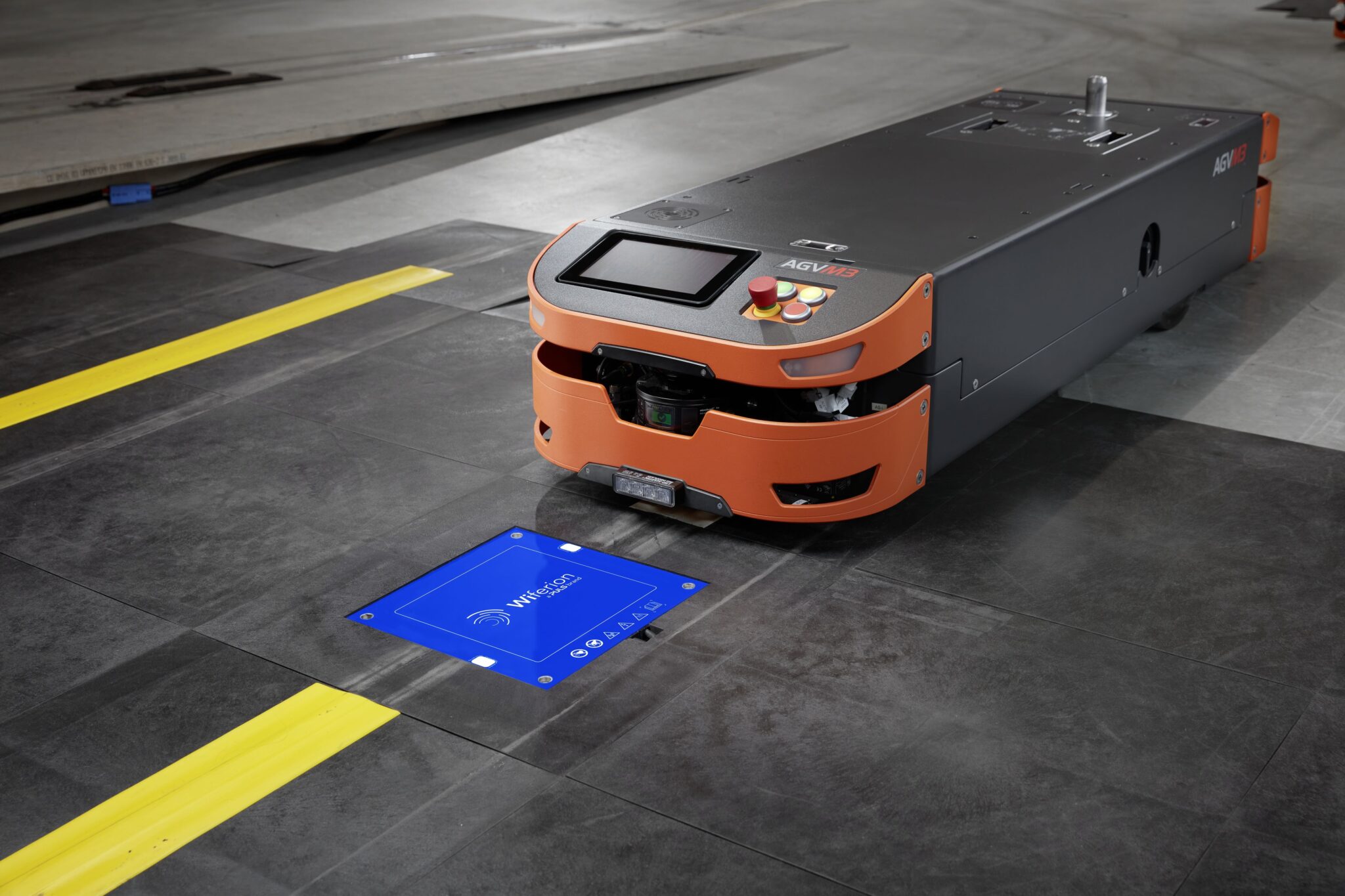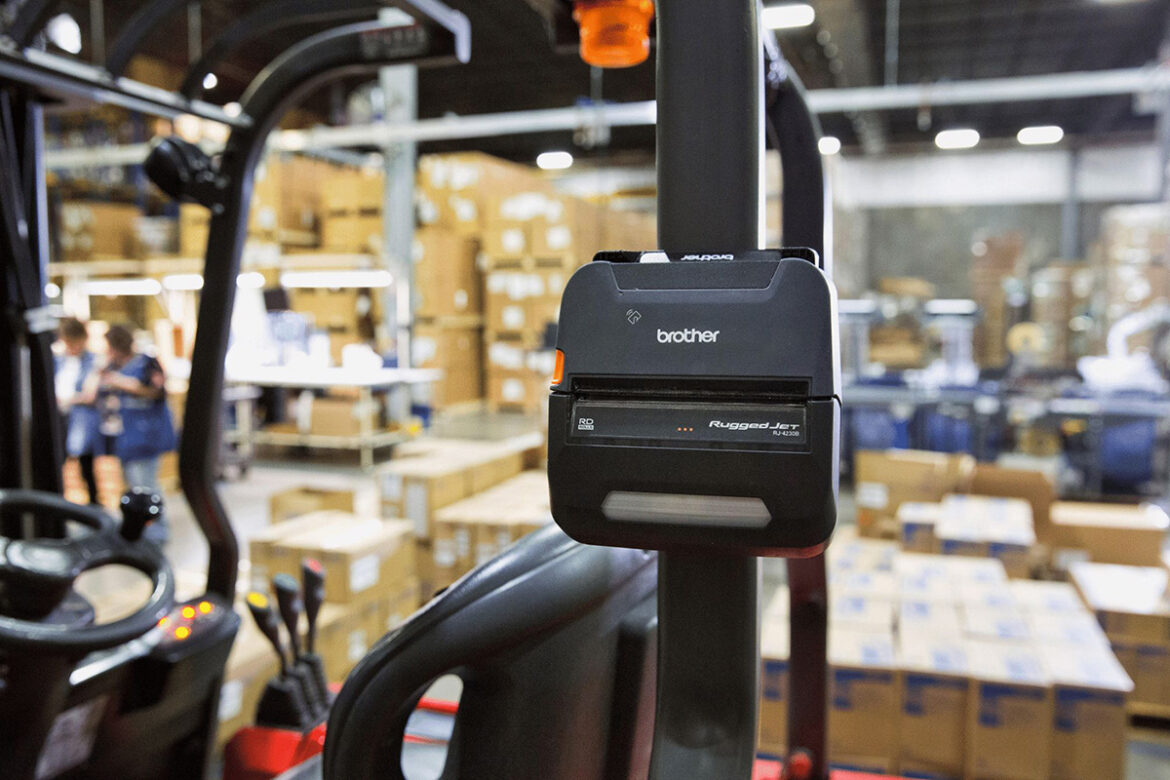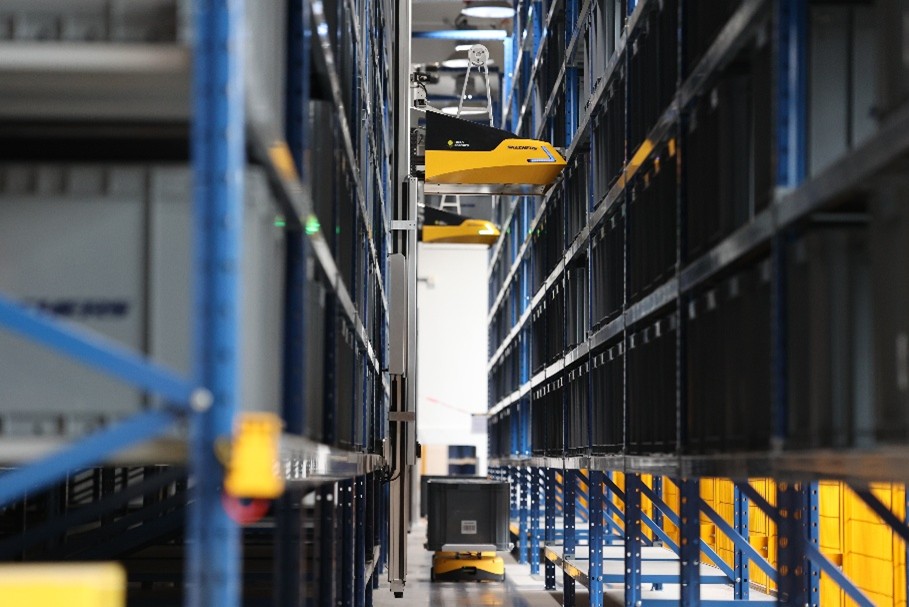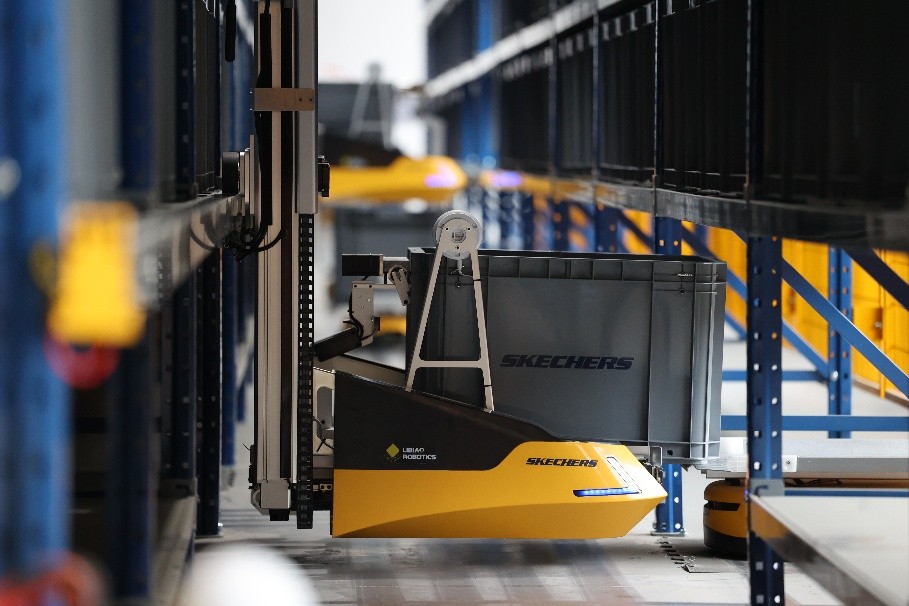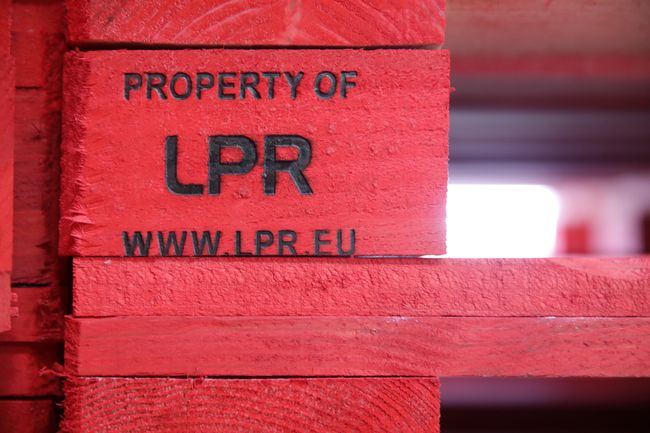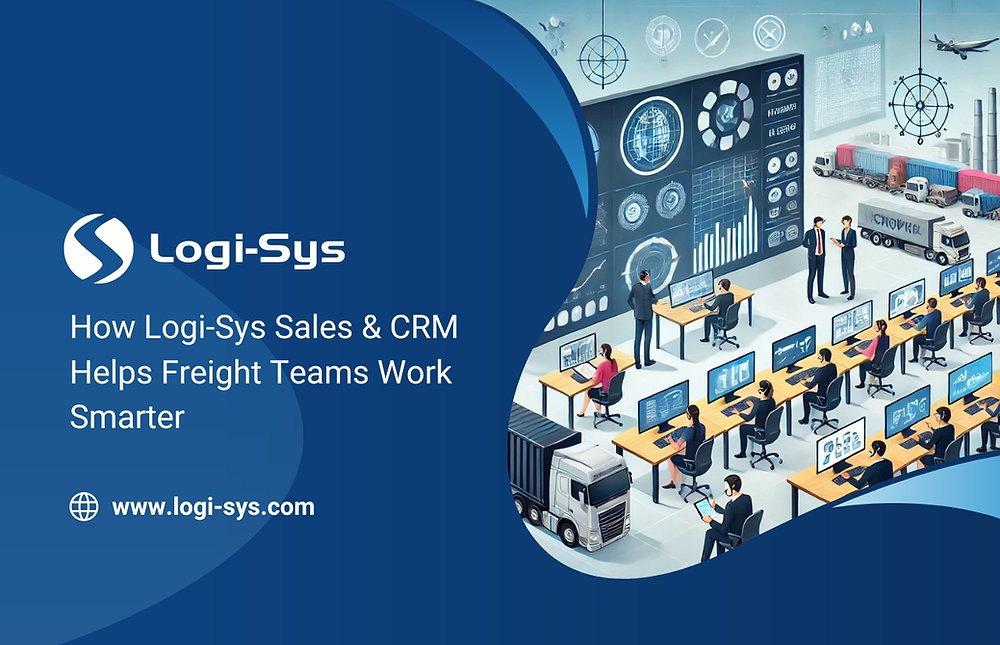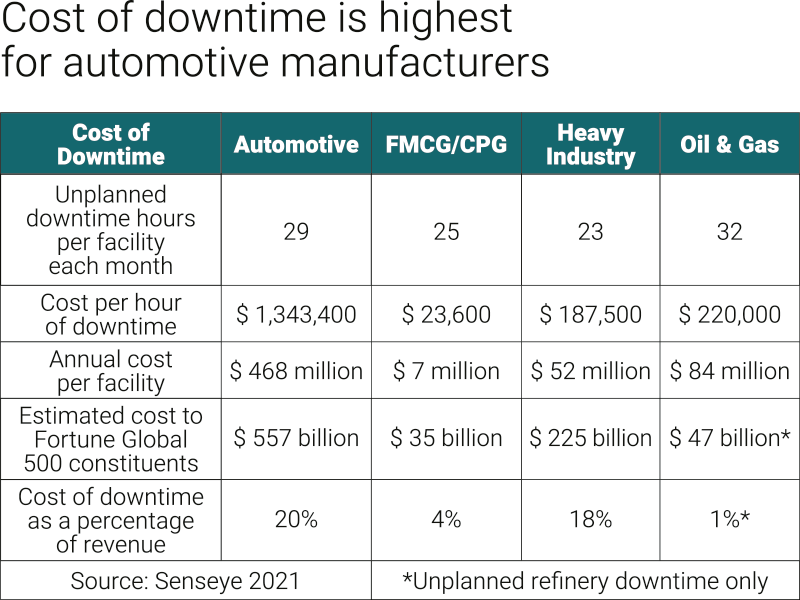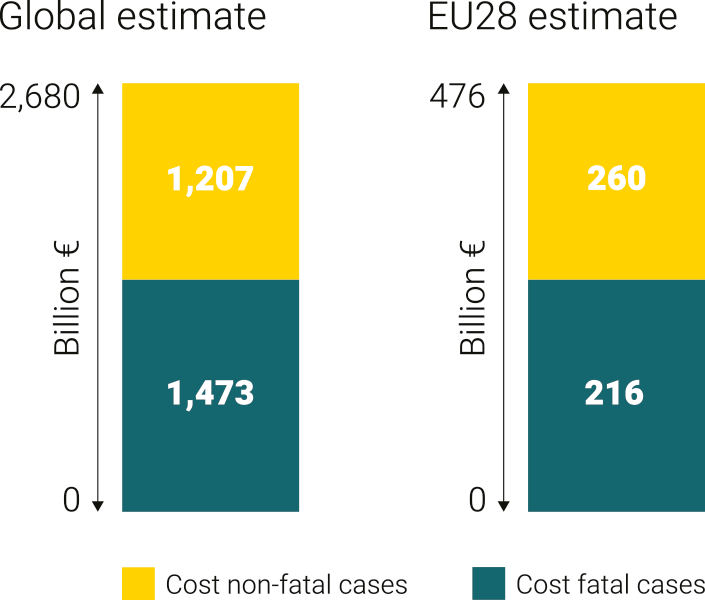DP World has shipped over 10 million vinyl records from its Bicester facility, the UK’s largest distribution warehouse for music and video products, since opening in August 2023.
Powered by semi-autonomous ‘picking’ robots, developed by Locus Robotics, the warehouse has become the epicentre of physical music distribution in the UK, playing a key role in the ongoing ‘vinyl revival’. Moving independently all across the warehouse following worker input, the robots ensure a seamless blend of automation and manual precision.
Handling more than 70% of all physical music and 35% of home entertainment products sold in the UK, the 270,000 sq. ft facility distributed upwards of 20 million units across all product lines in its first year. It supplies some of the world’s largest retailers, including Amazon and HMV, as well as more than 400 independent record stores. The DP World facility at Bicester has also seen significant growth in e-commerce sales, distributing approximately 2 million units direct to customers in 2024.
Neil Lander, Business Development Director, EMEA – DP World Logistics, said: “The milestone shipment of Bicester’s 10-millionth vinyl record is testament to the work of our team to help support the revival of Britian’s physical music and home entertainment sector. With over 80 semi-autonomous ‘pick robots’, we have built a highly scalable and efficient operation, and we are very excited to continue supporting the UK’s thriving physical music industry, especially as we approach Record Store Day on 12 April.”
Christopher Crellin, CFO of Sony Music UK, said: “Fans love consuming music in multiple ways, especially on vinyl. DP World’s state-of-the-art facilities are industry-leading and play a crucial role in supporting physical formats as an integral part of an artists’ career, which strengthens the music ecosystem for all.”
David Sharpe, COO at Universal Music UK, said: “DP World developed an incredibly impressive facility in record time, and are now operating with near-perfect service levels. Their quick delivery and impeccable work has been a real driving force behind the UK’s much-celebrated vinyl resurgence.”
With vinyl sales continuing to grow year-on-year, DP World’s Bicester warehouse has become a key part of Britain’s physical music supply chain, facilitating the ongoing ‘vinyl revival’. Since opening in August 2023, it has distributed 10.5 million records, 13 million CDs and 8 million DVDs, with further growth expected across all three product types in 2025.
In addition to its hubs at Southampton and London Gateway, DP World’s end-to-end solutions include logistics, forwarding and European transport capabilities, all seamlessly integrated into the company’s global network. Operating in 78 countries, DP World handles 10 per cent of global containerised trade, driving supply chain efficiency worldwide.
similar news




